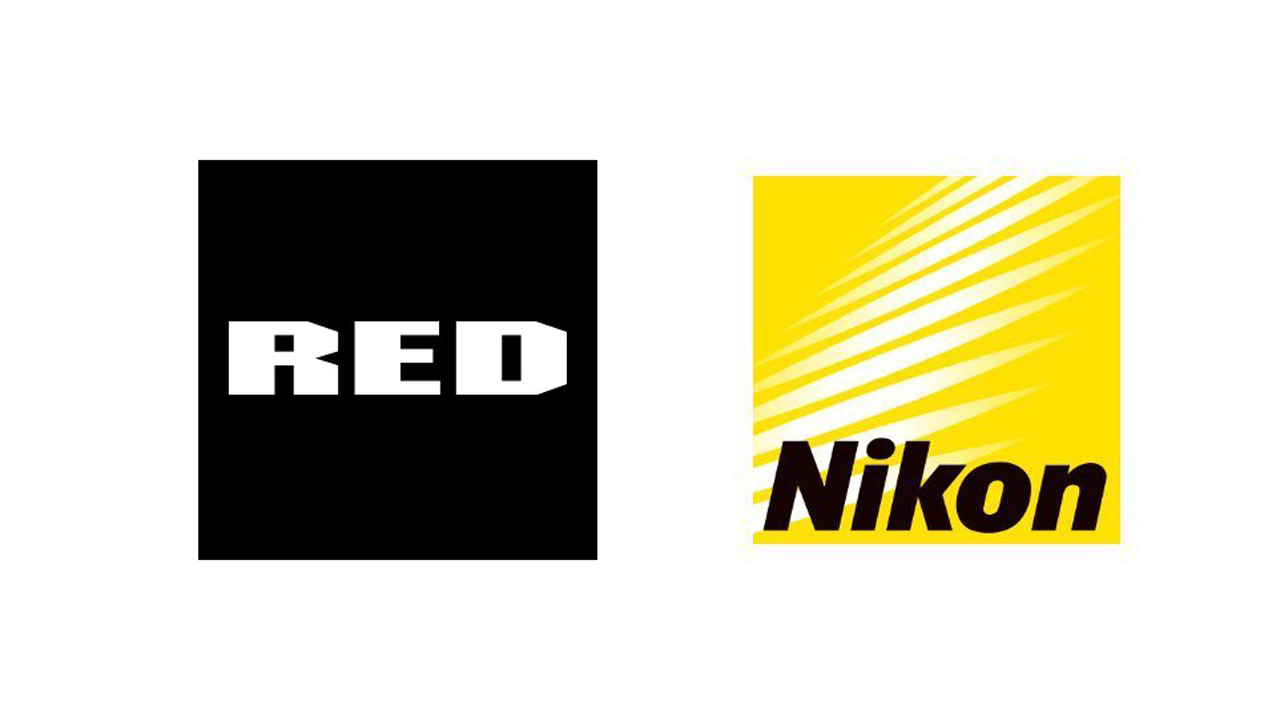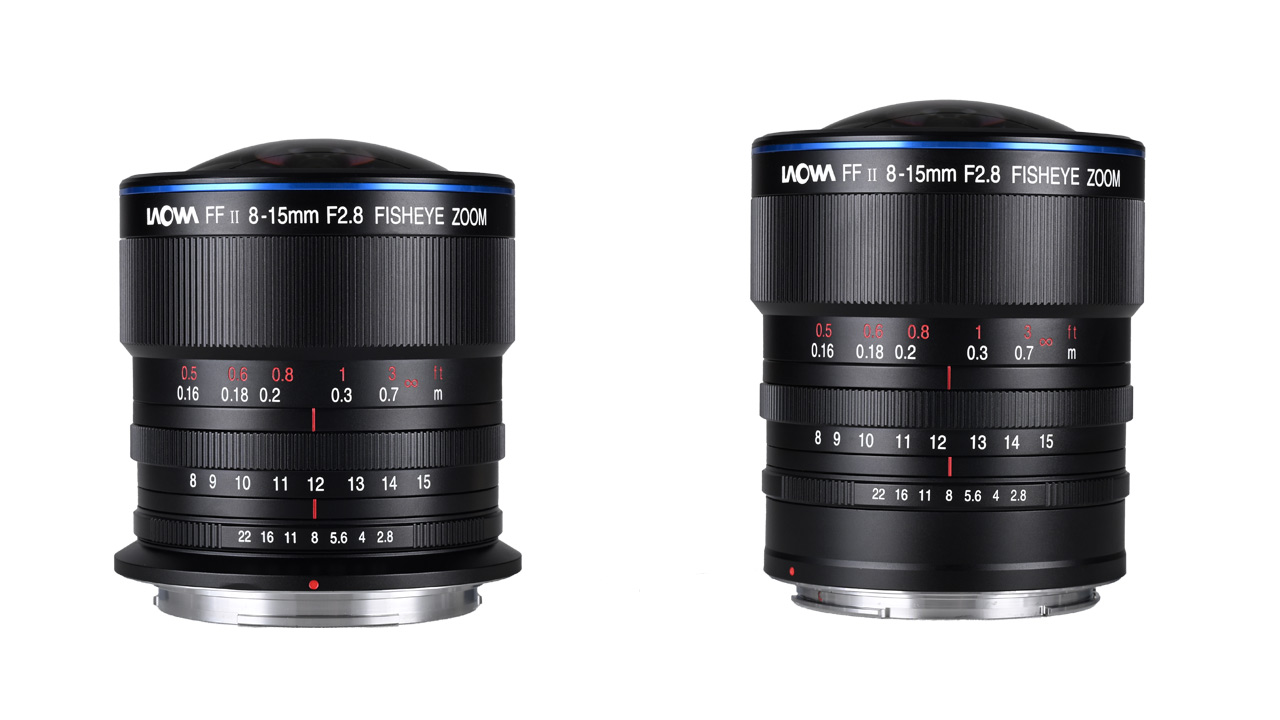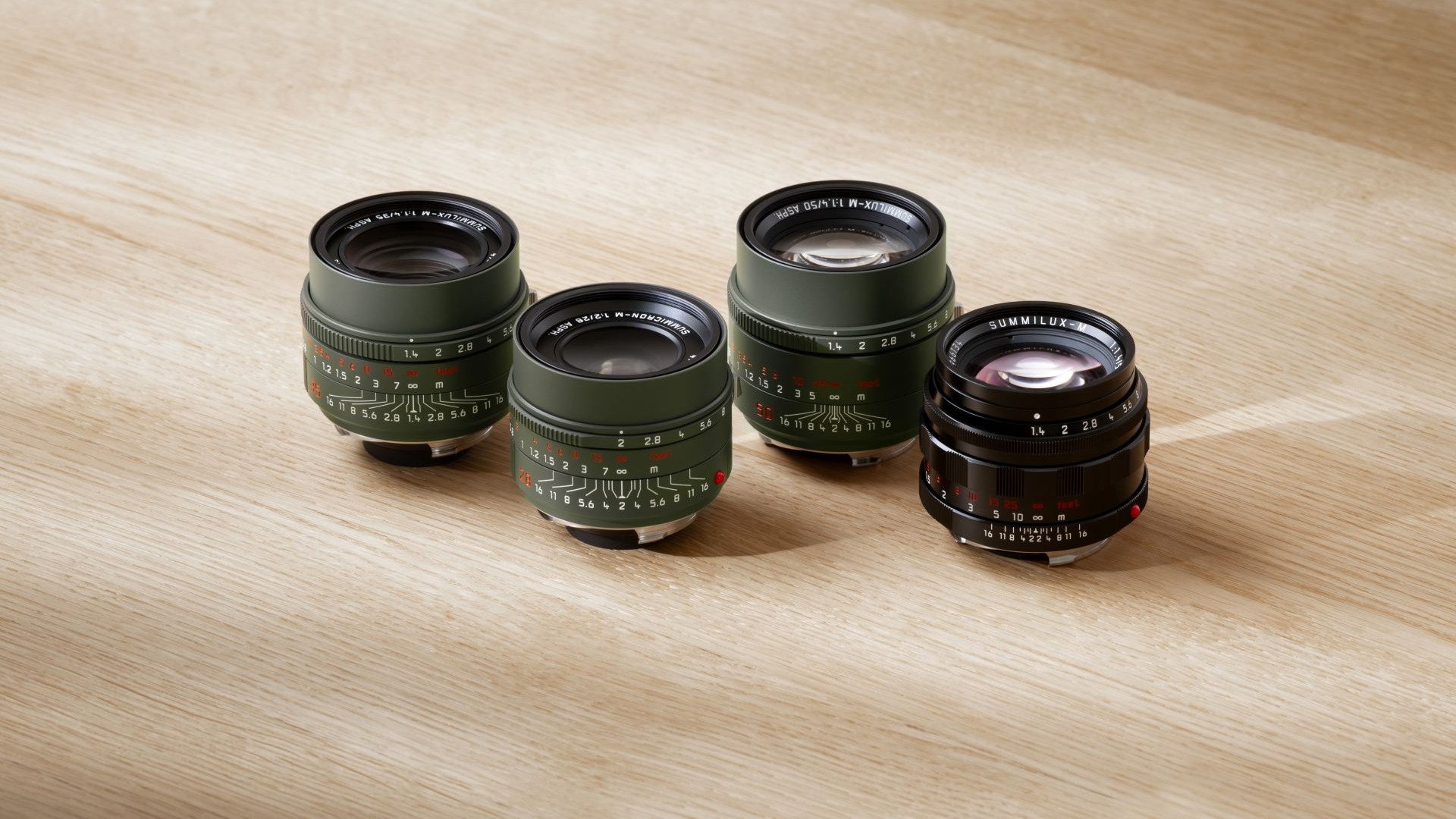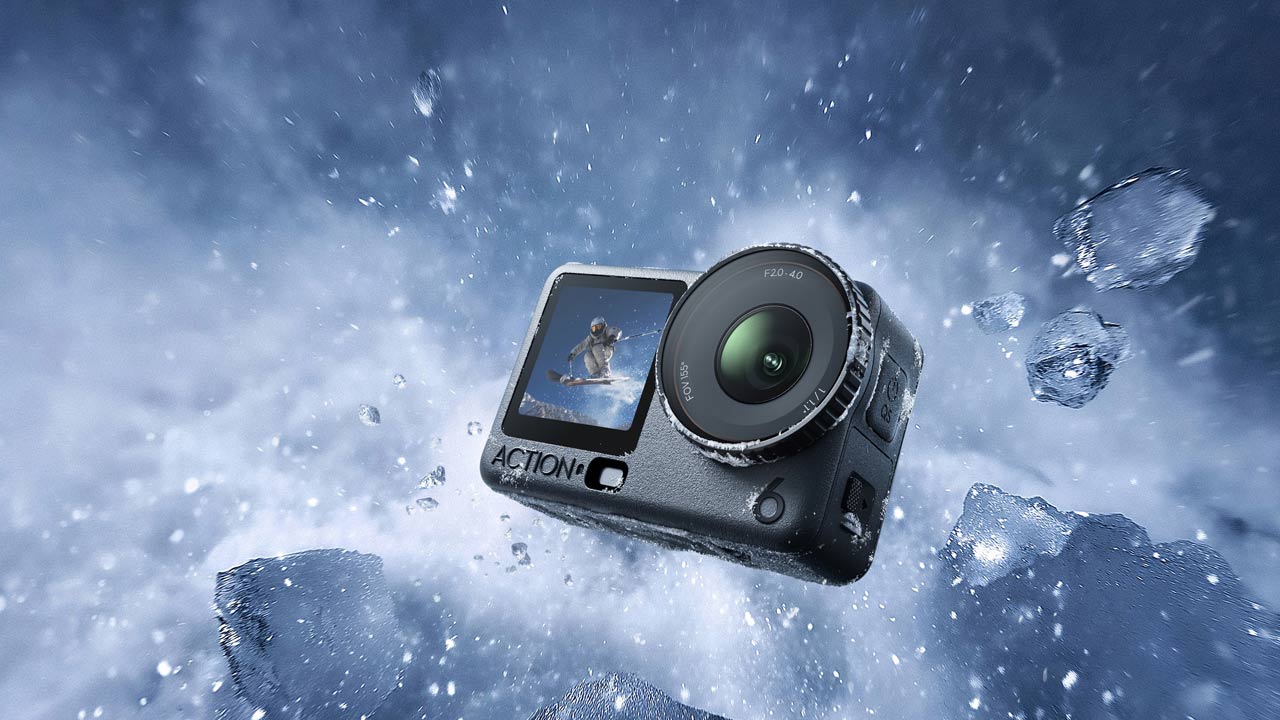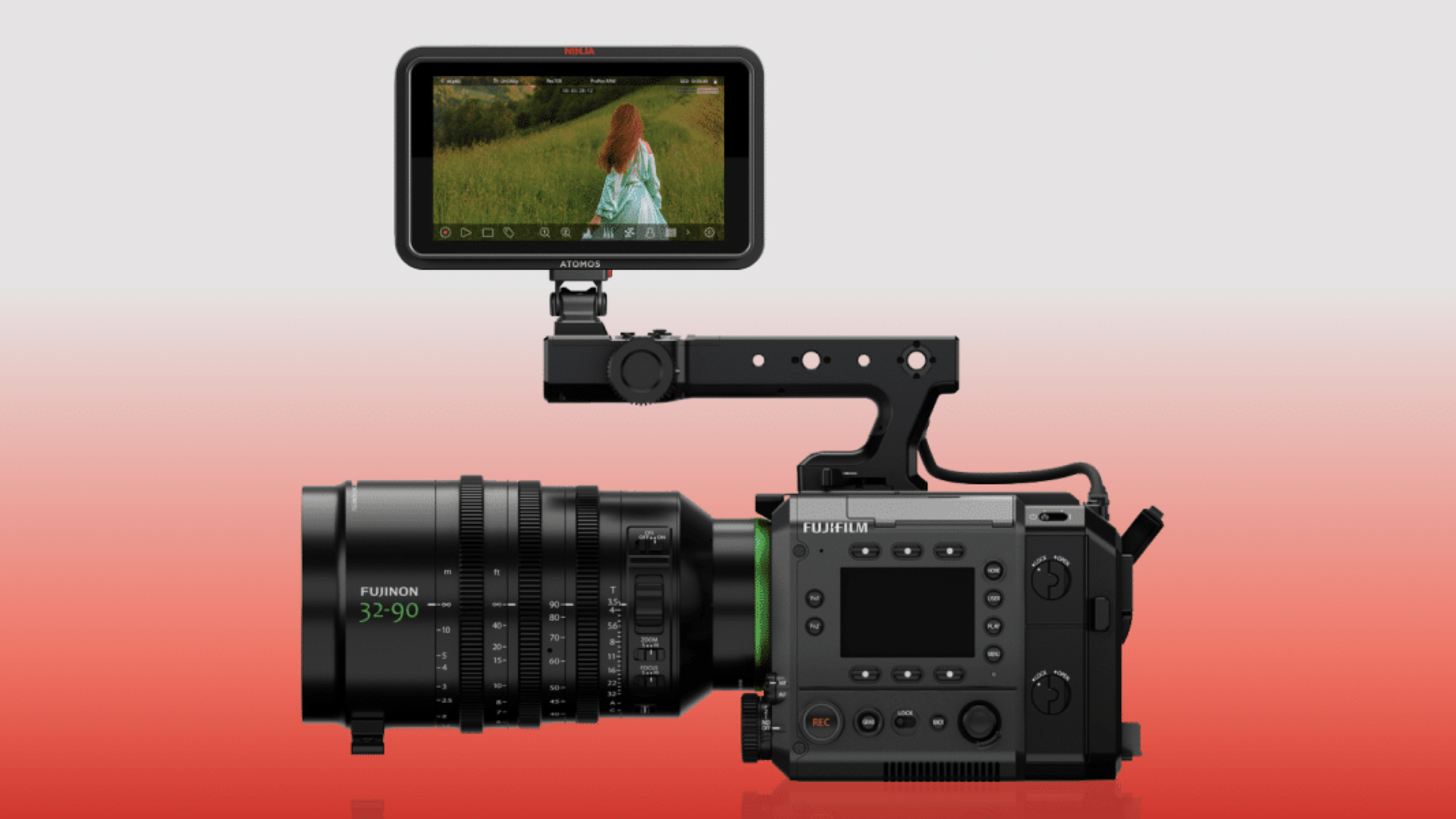
Nikon has concluded a SpaceAct agreement with the National Aeronautics and Space Administration (NASA)’s Artemis Project. The goal is to develop the Handheld Universal Lunar Camera (HULC) to be used in manned lunar surface exploration.
The “Nikon Z9” full-frame/FX format mirrorless camera (released in December 2021) is the flagship model of the “Nikon Z series”. NASA has modified the Z9 to be suitable for space missions. The camera it will be used by crew members on the moon during the third phase of the Artemis program, Artemis III manned lunar landing mission.
The Artemis mission is a grand and important program for humanity. The goal will to send a crew to the Moon to establish a foundation for long-term scientific research and exploration of the lunar surface. Ultimately, the goal is to be enabling journeys to Mars. Ever since humans first ventured into space, cameras have been used to document, research, and photograph space travel. The SpaceAct agreement, in collaboration with NASA, will ensure that Nikon’s cutting-edge full-frame mirrorless cameras can withstand the lunar environment. Additionally, it will be used to efficiently capture photos and videos during missions. This agreement aims to develop the HULC platform with the Nikon Z9.
“Artemis III” is scheduled to launch on NASA’s SLS (Space Launch System) rocket carrying the Orion spacecraft in September 2026. This launch will be the first moonshot since 1972. Additionally, this mission will also include the first female astronaut to walk on the moon. The 30-day mission will see the crew enter lunar orbit aboard the Orion spacecraft, before two astronauts descend onto the moon’s surface in a lunar lander. That will be SpaceX’s Starship Human Landing System. After spending about seven days conducting various surveys on the lunar surface, they will return to the Orion spacecraft, join the rest of the crew, and return to Earth.
Nikon Z9 in the Artemis Project
The lunar environment is harsh and weightless, and there are many technical and engineering challenges to using a camera. For example, the temperature of the moon’s surface can vary widely, from -120°C to 75°C. Constant cosmic radiation can damage all of the camera’s electrical systems. Nikon worked closely with NASA to develop solutions that maximize reliability when used in harsh environments. These including redesigning various circuits and control sequences within the camera to withstand enormous amounts of cosmic radiation. Other innovations are being developed, too. The team will also carry out various tests and simulations, as well as support thermal vacuum testing, to ensure that the camera remains operational even on the Moon.
To facilitate EVA use, the camera is being refitted to fit astronaut gloves. NASA is developing a custom grip for the Z9 that has operability such as shutter release and image playback. Also, this grip can facilitate switching between still and video modes. This grip connects to the Z9 with a 10-pin terminal cable and is used with exclusive custom firmware.
Protecting the Z9
Special thermal protection was installed to this Z9. This keeps the camera running during EVA and in extreme temps. The design, produced by NASA, is similar to the space suit protections. In addition to the Z9, NIKKOR Z lenses will also be used for the mission. The lenses scheduled to be used will also be improved to withstand the moon’s harsh environment.
Like the cameras used by the ISS crew, the firmware will also be specially customized. This includes redesigned electrical circuits and extending the scope of noise reduction to include high-speed shutters. These improvements take into account the cosmic radiation that crew and equipment are constantly exposed to. Additionally, Nikon made changes to file naming, initial settings, and operability to optimize use when wrapped in a protective cover. The team also made changes to the FTP communication controls within the camera. These changes simplify the astronaut’s workflow, increase efficiency and reduce power consumption when transmitting images from space to Earth. Other improvements include optimizing the shutter shield, enhancing HDR functionality, and changing the default settings for menu items.
Nikon and NASA – a History of Collaboration
Nikon cameras are widely used by NASA and space agencies. Most recently, in January 2024, the Z9, without any special modifications for space missions, was sent to the ISS. Since the Apollo 15 mission over 50 years ago, Nikon cameras and lenses have been used on a variety of NASA missions and in space exploration aboard the Space Shuttle. In 1999, the film single-lens reflex camera “Nikon F5” (released in October 1996) and NIKKOR lenses began to be used on the ISS, and since then Nikon cameras and lenses have been used for scientific research, maintenance, and astronauts on Earth and in the sky. Nikon has and will be supporting the shooting of iconic images in the future. Nikon, in joining the Artemis Project, is the latest in this collaborative history. Expanding the development of visual expression and visual culture is one of the missions of Nikon.


